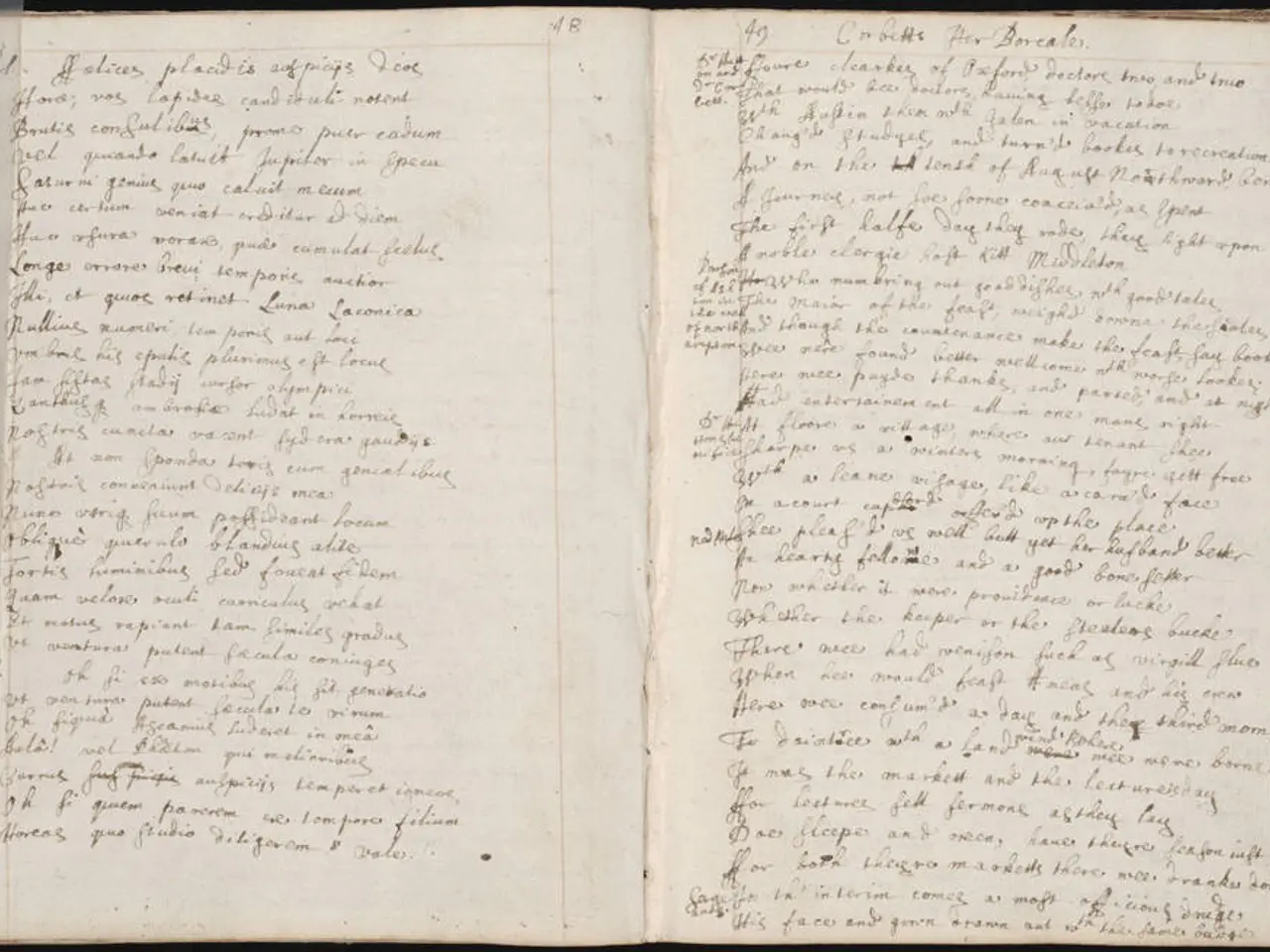Connecting Knowledge and the Learner through the TOK Program
The Theory of Knowledge (TOK) is a unique and thought-provoking subject that delves into the intricate relationship between the knower and knowledge. Unlike traditional academic disciplines that focus on what we know, TOK emphasises how we know, highlighting the active role of the knower in shaping knowledge.
TOK offers a comprehensive framework, known as the Knowledge Framework, to analyse this connection. This framework breaks down knowledge into essential elements, such as scope, perspectives, methods and tools, ethics, and historical development. By using this analytical scaffold, students can critically dissect knowledge claims and understand the underlying assumptions and influences shaping them, moving beyond passive acceptance to become reflective, critical knowers.
In TOK, core concepts like truth, belief, justification, and interpretation are explored to deepen this inquiry. The importance of transforming information into knowledge through verification and validation is emphasised, underscoring the knower’s role in this process.
Interpretation is a key linking concept in TOK. It involves making sense of information and observations in varied contexts, recognising that different knowers might interpret the same knowledge differently based on their perspectives and backgrounds. This dynamic and human-centred nature of knowledge is a central theme in TOK.
TOK essays are organised around the connection between the knower and knowledge. The body of an essay should address Ways of Knowing (WOKs) and Areas of Knowledge (AOKs), exploring how perspective shapes understanding. The introduction defines the Knowledge Question (KQ) and clarifies the knower's position, while the conclusion reflects on the limits, implications, and personal stance regarding the connection between the knower and knowledge.
Visiting RevisionDojo can help students deepen their understanding of this relationship, often referred to as "knowership." RevisionDojo offers tools, guides, and templates that help students explore the link between knowledge and the knower, including WOK/AOK framing tools, KQ development guides, metacognitive reflection prompts, and structured TOK templates.
Examples of Knowledge Questions (KQs) include "To what extent are emotions reliable in historical interpretation?" or "How does language shape our understanding of mathematics?" These questions directly engage both WOKs and AOKs, demanding reflection on how the knower's perspective interacts with knowledge.
TOK uses Ways of Knowing (WOKs) to explore how perception, emotion, reason, language, imagination/intuition shape knowledge. Each WOK highlights a different facet of the knower, revealing bias, limitations, and strengths.
TOK encourages meta-reflection, asking "How do you know what you know?" This reflection reveals bias and cultural influence, limits of evidence and insight, and alternative interpretations.
In essence, TOK treats knowledge as a human, dynamic activity shaped by beliefs, context, evidence, and ethics. It uses the Knowledge Framework as an analytical scaffold to critically explore knowledge across disciplines and real-world contexts. TOK encourages students to engage with knowledge as active, ethical, and critical knowers, aware of interpretations and assumptions.
In the context of The Theory of Knowledge (TOK), students delve into personal growth and education-and-self-development by critically examining ways to transform learning into knowledge, appreciating that the perspectives, beliefs, and backgrounds of the knower significantly influence interpretations. The active role of the knower in shaping knowledge is a key focus, with TOK tools and guides like Ways of Knowing (WOKs) and Knowledge Questions (KQs) fostering self-reflection and understanding of personal biases and interpretations.




